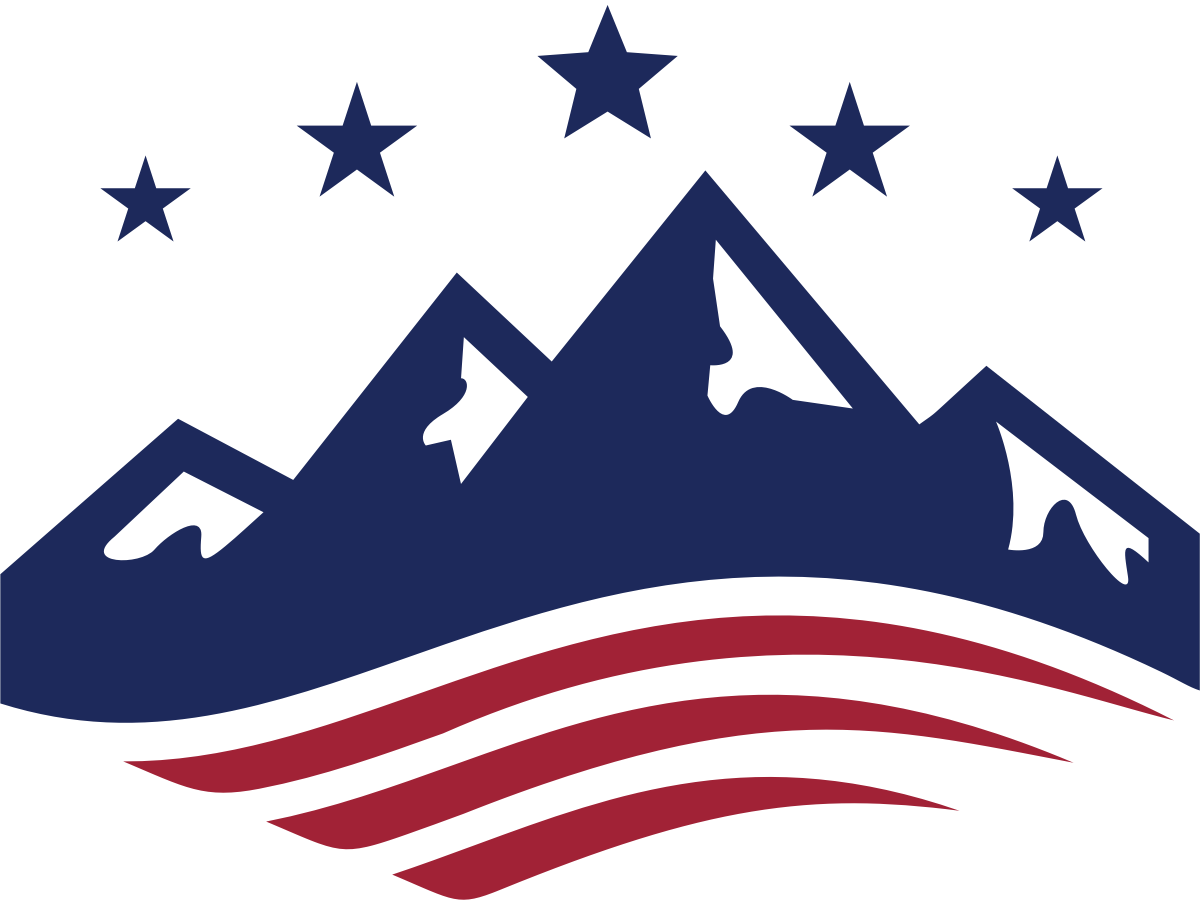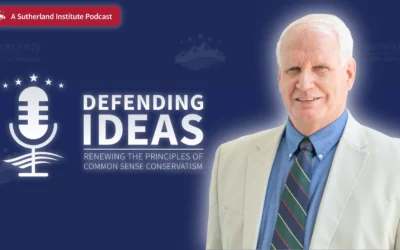
Written by William C. Duncan
April 26, 2024

The headline of a recent satirical article highlighted the unusual nature of the 2024 presidential election: “America Honors Earth Day By Recycling Used Presidential Candidates.” Elections involving two candidates who both previously served as president are somewhat rare.
Voters will thus have a chance to compare the records of two presidents in determining whether to give either of them a second term.
This post will compare the Trump and Biden administration records on two constitutional issues that highlight similarities and differences.
Role of the U.S. Supreme Court
One of the most dramatic distinctions relates to the role of the U.S. Supreme Court. When Donald Trump ran for office in 2016, he stressed the role of the president in appointing justices to the U.S. Supreme Court and even released a list of judges he would appoint, if elected, to fill a vacancy on the court. Having appointed three justices during his term, President Trump stressed court appointments in his 2020 campaign as well. It is not clear that the next president will be able to appoint another Supreme Court justice, but Trump seems likely to invoke that possibility as a reason he should be reelected.
President Joe Biden has been openly critical of the Supreme Court (as has Trump when he doesn’t like a decision). Opposition to the court’s decision to allow states to regulate abortion is a key theme of Biden’s reelection campaign. Not long after Biden took office, he appointed a commission to consider “reforms” to the Supreme Court. However, he did not act on the more far-reaching proposals in the commission’s report. Biden’s criticism of the court in the most recent State of the Union speech suggests the president thinks that opposition to court decisions will appeal to voters, even though the specifics of his plans for acting on that opposition, if any, are not apparent yet.
Takes on Religious Freedom
Differences between the Trump and Biden administrations on religious freedom are subtler. Supporters of both candidates characterize each as the true champion of religious freedom. This, though, is largely a matter of emphasis.
The case for Biden as religious freedom champion rests on the characterization of religious freedom as freedom from religious influence. Before he took office, rules allowed religious organizations that contract with the federal government to provide social services to adhere to their religious mission in providing the services. But the Biden administration modified the rules so that potential beneficiaries or employees of the service providers would not be affected by the religious elements of the service.
Trump partisans stress his efforts to allow religious groups and people of faith to act on their beliefs – freedom for religion. Thus, the Trump administration promulgated rules that expanded the scope of religious exemptions from the Affordable Care Act’s contraception mandate, which required religious employers to pay for services at odds with their religious commitments.
In both cases, though, the specific accomplishments have been somewhat modest. That is partially because a president typically only influences law through administrative regulations meant to carry out legislative policies. Even more important, Congress has already created the default rule in the Religious Freedom Restoration Act (RFRA), which requires government agencies to avoid creating burdens on religious practice unless absolutely necessary to meet a compelling need and where the burden is as unintrusive as possible.
This is not to say that the next president, through regulations and enforcement, can’t have a major impact on religious freedom. The contraception mandates did have that kind of impact, and the regulatory relief from these mandates softened that impact. Ultimately, though, RFRA and the First Amendment, and court decisions applying those laws, have been the most important source for resolution of these conflicts. So Congress and the courts should and must play the major roles. They are the branches most likely to provide needed protection, but the president and the executive branch can do important things.
Takeaways for State Policymakers
Despite the outsize attention the presidential election always receives, our constitutional system reserves significant authority for the states. As state legislators and other officials consider the possible implications on constitutional issues of the next election, they should ensure that within their own area of responsibility, their decisions enhance the integrity and competence of the states, regardless of what happens at the national level.
The experiences of the last two administrations related to religious freedom, for instance, make very clear that strong legislative protection of religious exercise is critical. In its absence, changes in the executive branch and administrative regulations can create a seesaw effect where the Constitution’s intention was steadfast, consistent and predictable protection.
The lessons related to the courts are not as obvious but are also important. The courts should not be a campaign issue. Not because their work is not critical, but because most of the attention to, and attempts to influence, that work should be unnecessary. When other branches are attentive to their responsibilities – such as legislators not leaving important decisions to be made by judges – courts do not have to resolve high-profile issues that will cause them to become the focus either of ire or adulation. That is not always avoidable, of course, and our constitutional system gives the courts an important role they ought to fulfill, but that role is intended to be limited. Sometimes courts can overreach, but very often they take on high-profile disputes because the other branches have not resolved them. To the degree that this is the explanation of the current criticisms of the court (and that is not the only explanation, of course), state leaders should take note and try to avoid the same thing happening in their states.

Insights: analysis, research, and informed commentary from Sutherland experts. For elected officials and public policy professionals.

- Since the two major presidential candidates are both seeking reelection, they have left a record on constitutional issues that can be compared.
- Two significant examples are the respective approaches in the Biden and Trump administrations to the work of the Supreme Court and to protections of religious freedom.
- These contrasts provide lessons for state officials, whose care to fulfill their constitutional responsibilities can avoid some of the challenges highlighted by the presidential campaign.
Read More
Protecting property rights against government overreach
While governments can continue to regulate land use, these regulations and fees must be justified by a government interest and proportional to the effect of the development’s impact on that interest.
Do we need to care about the Utah State Board of Education?
For any Utah voters who also feel like K-12 public education is headed in the wrong direction, learning about the candidates running for a seat on the Utah State Board of Education (USBE) is a wise choice this election season.
Defending education choice the right way
Education choice has exploded in popularity across the nation in recent years. So why does it remain a contentious point of debate in some parts of the country?


